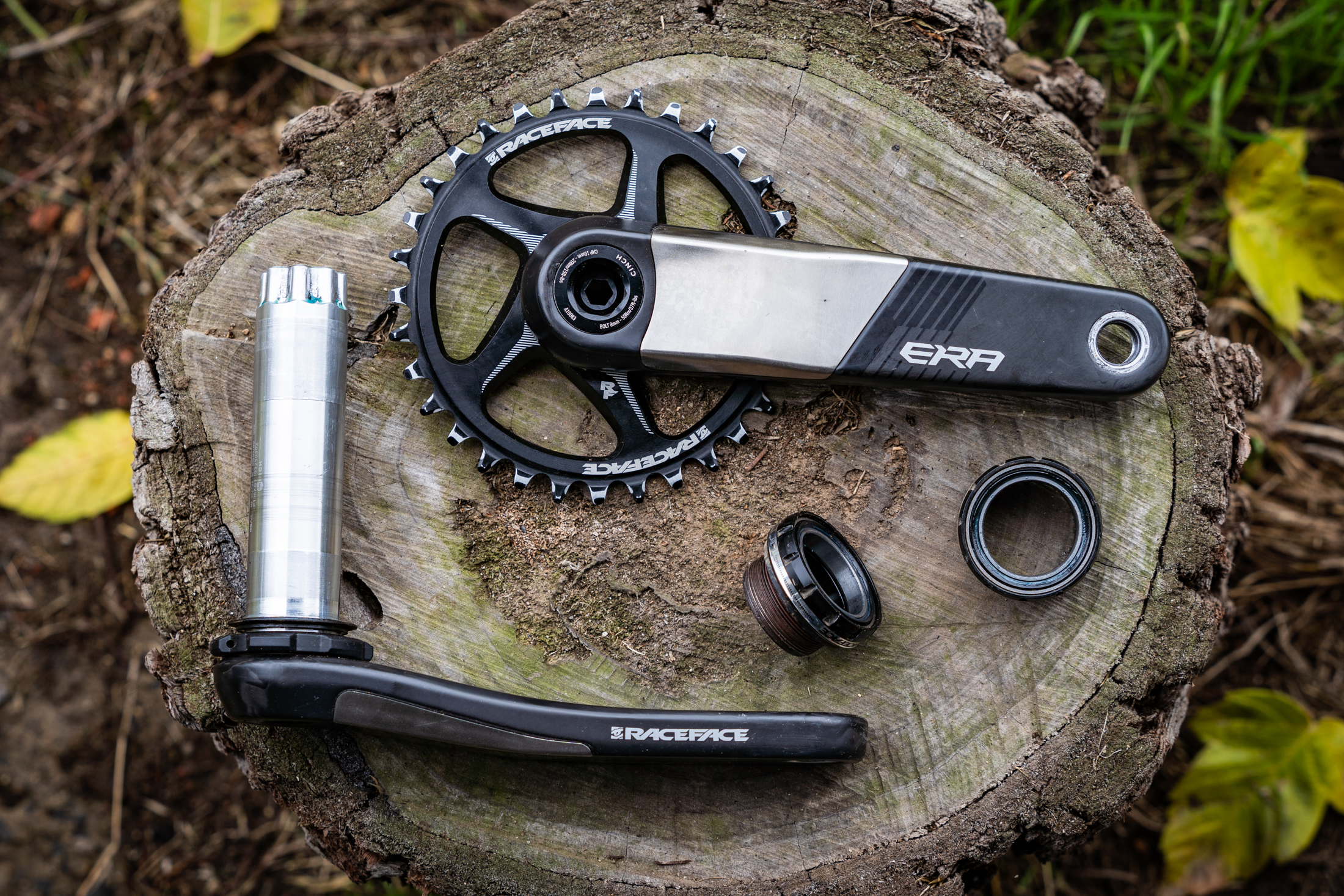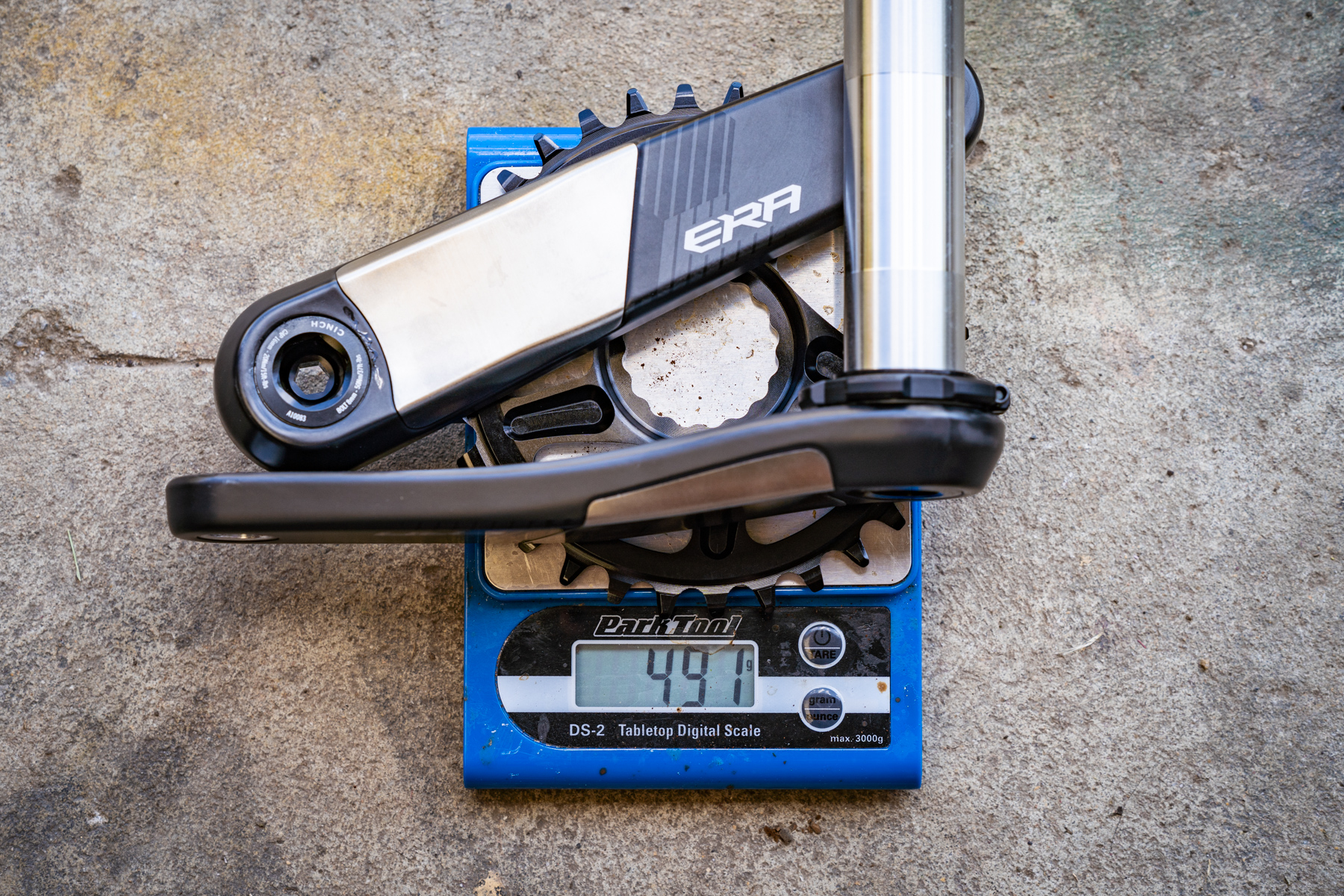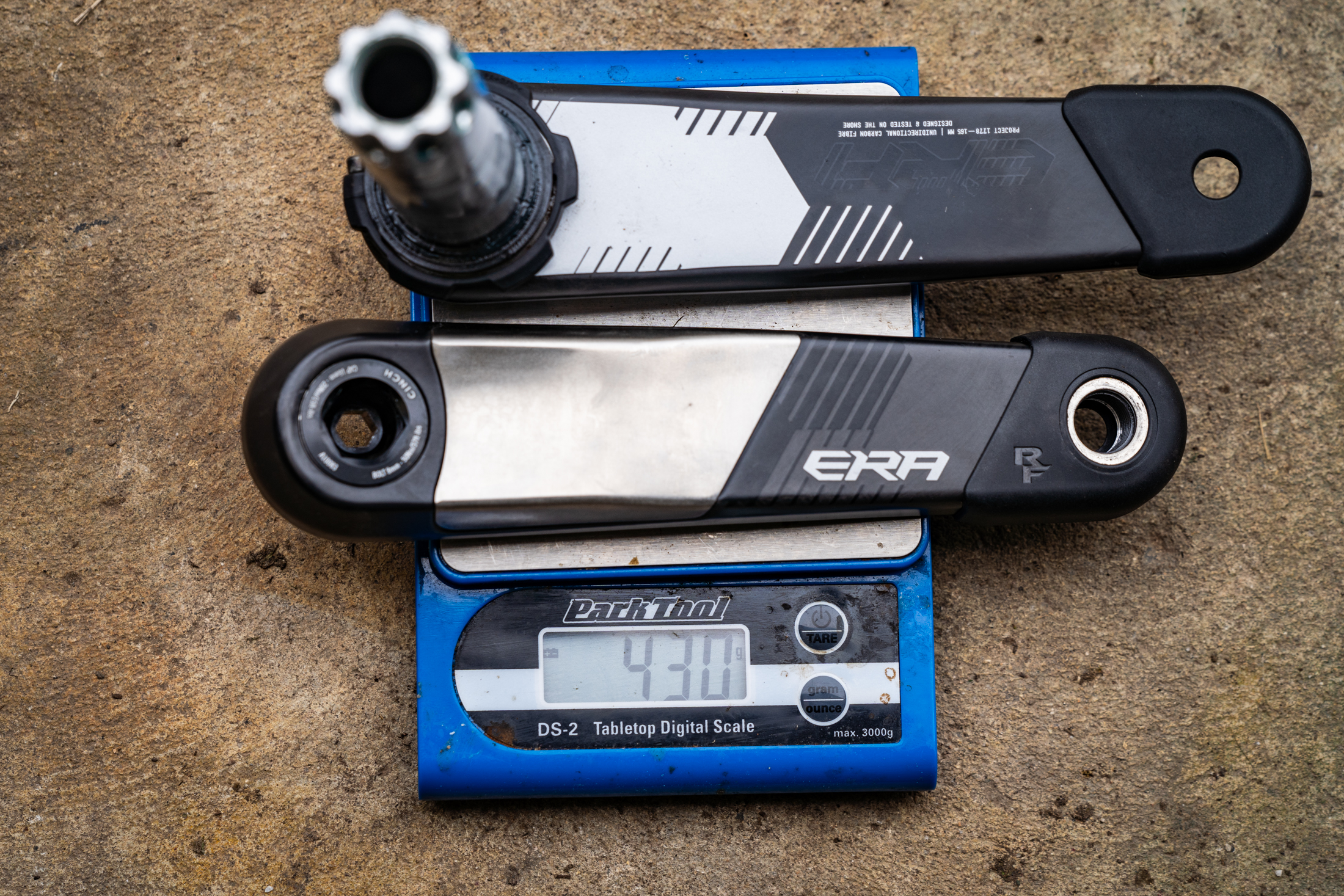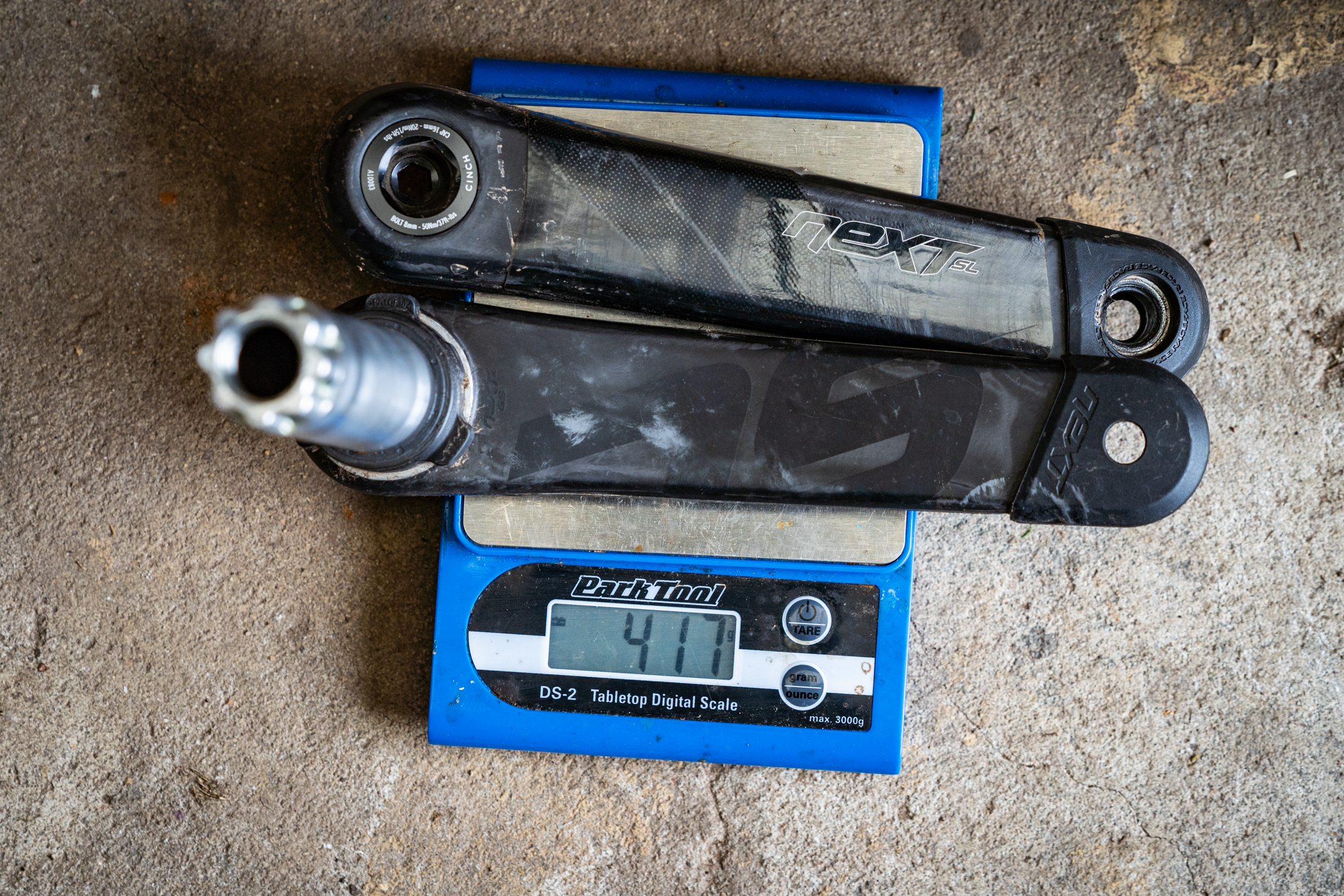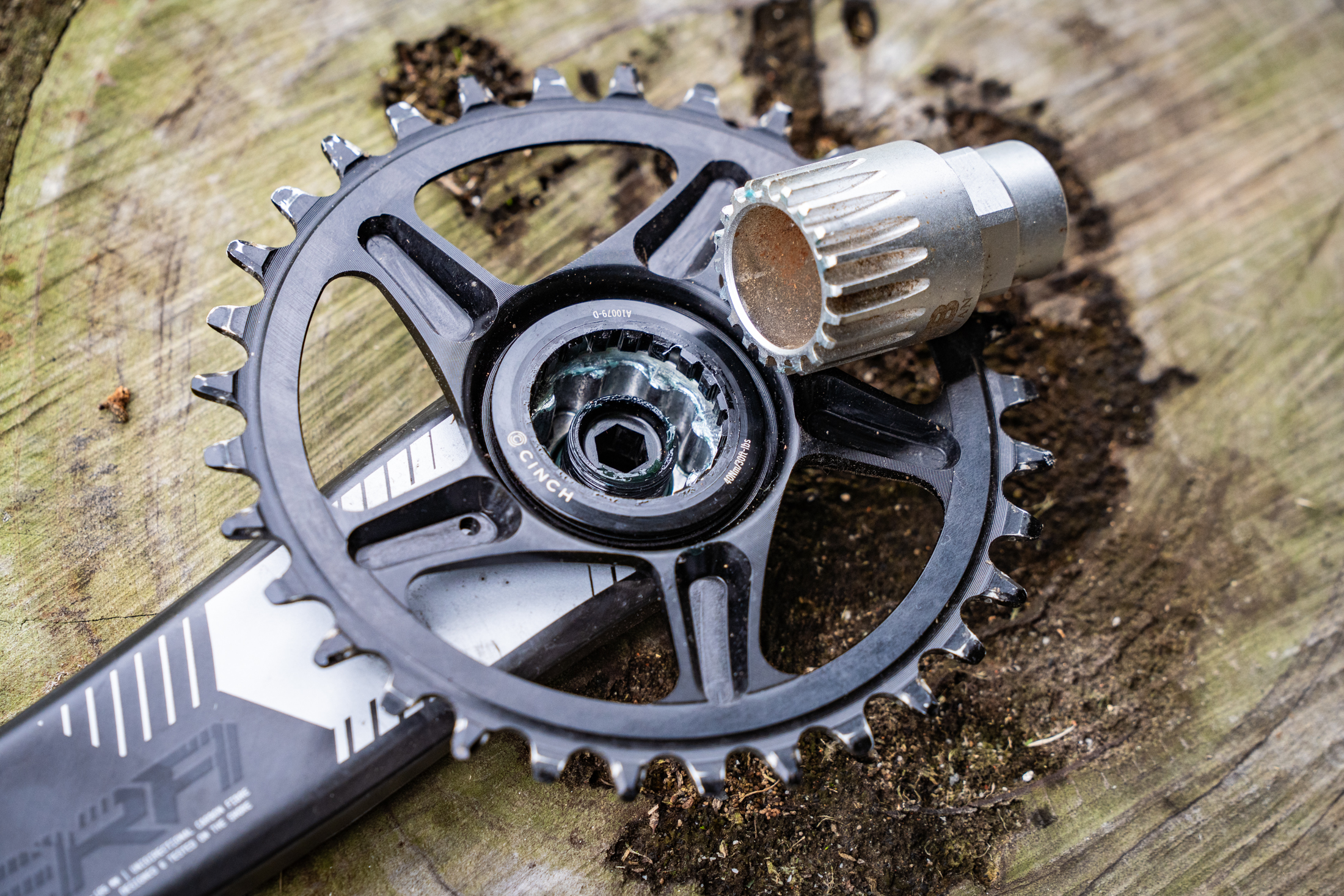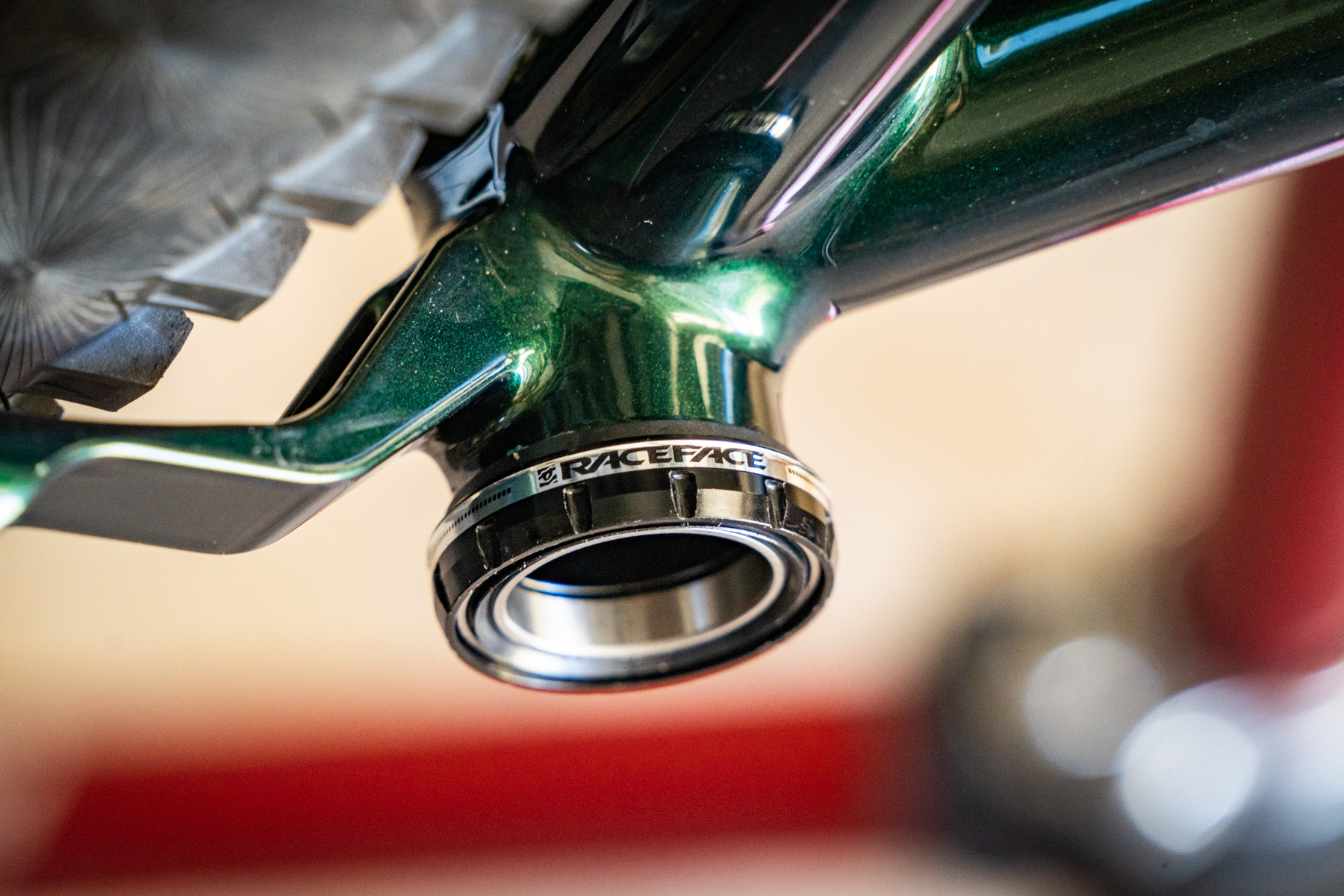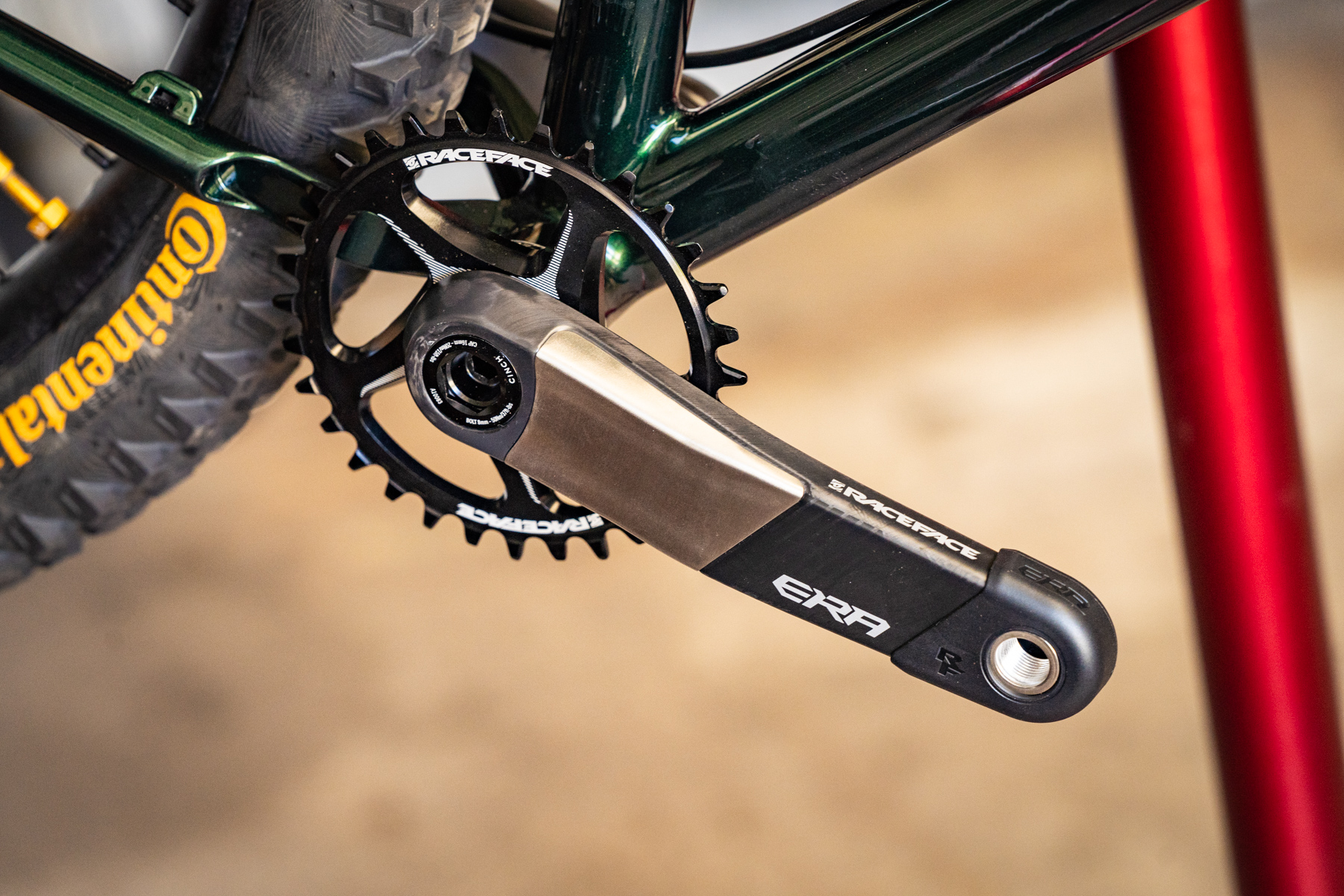Wil reviews the Race Face Era Cranks
The Race Face Era is the newest carbon crankset to come from the Canadian component manufacturer. And if the marketing claims are anything to go by, it represents a significant evolution in design.
Anyone who’s been around since the golden era of mountain biking will know that Race Face has had a long history of working with carbon fibre. In more recent years we’ve seen the Next SL and Next R cranks become a popular OEM option where they’re typically paired with Shimano drivetrains thanks to their weight advantage over Shimano’s alloy cranks.
Perhaps as a result of this popularity it’s not uncommon to find reports online of carbon cranks breaking, particularly around the pedal thread inserts. This isn’t an issue that’s exclusive to Race Face, and it seems it’s possible to find cases of failure from pretty much every brand out there. After all, this is an incredibly high-load part of your bike that’s expected to put up with a heap of abuse.
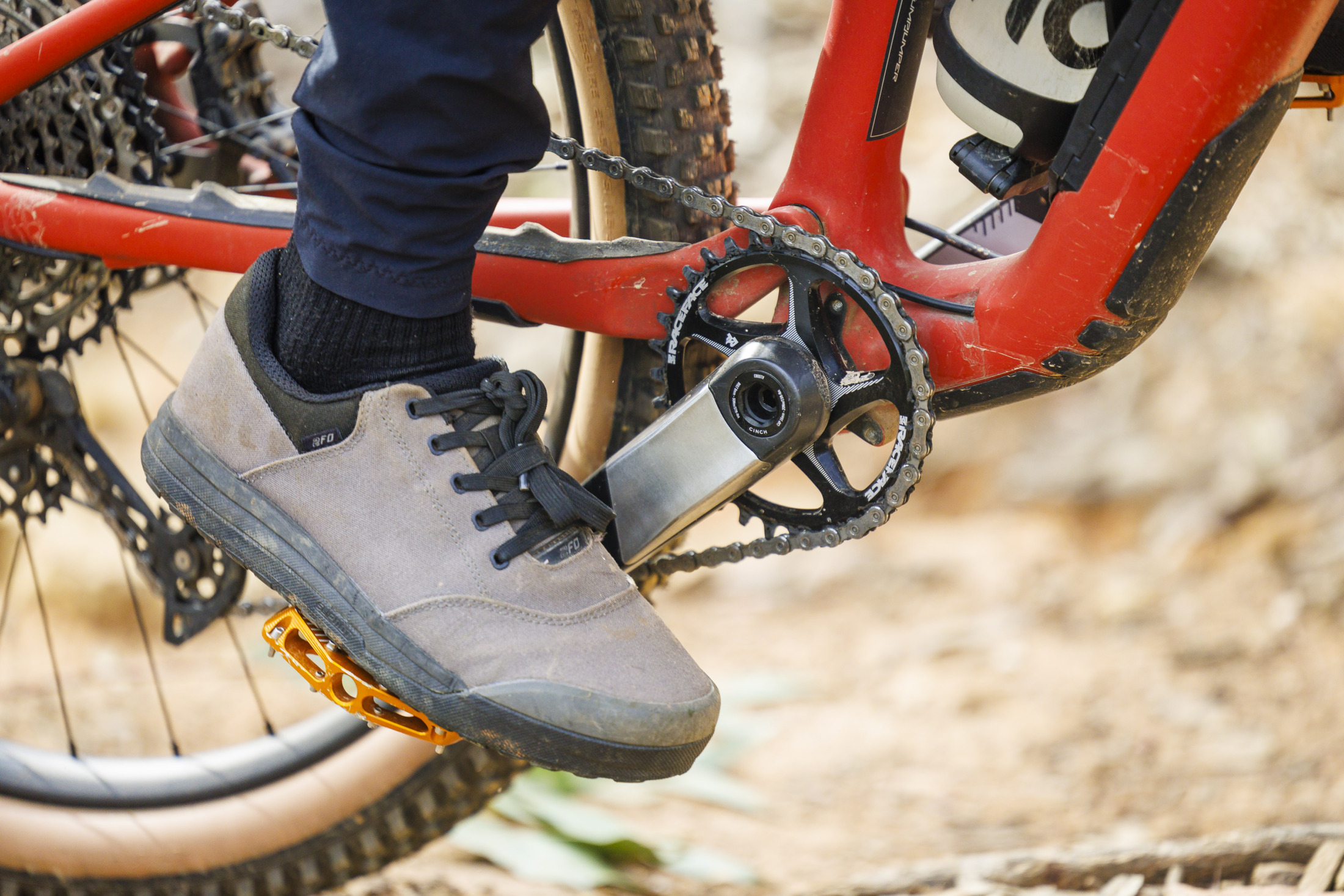
With this in mind, Race Face went back to the drawing board to embark on ‘Project 1778’. This development would lead to a totally new carbon crankset that would be worthy of its very own name; the Era. As well as signalling a new era in design, we suspect the unique name would also help Race Face to shake off the reputation (justified or not) of its previous offerings.
Helping its cause, the Era is said to be the strongest and stiffest carbon crankset that Race Face has ever created. The Canucks stand by that claim with a lifetime warranty for the original owner, which includes crashing. Despite their durability-forward design, the Era cranks also happen to be pretty bloody light too, potentially making these the ultimate all-rounder in the carbon crank game.
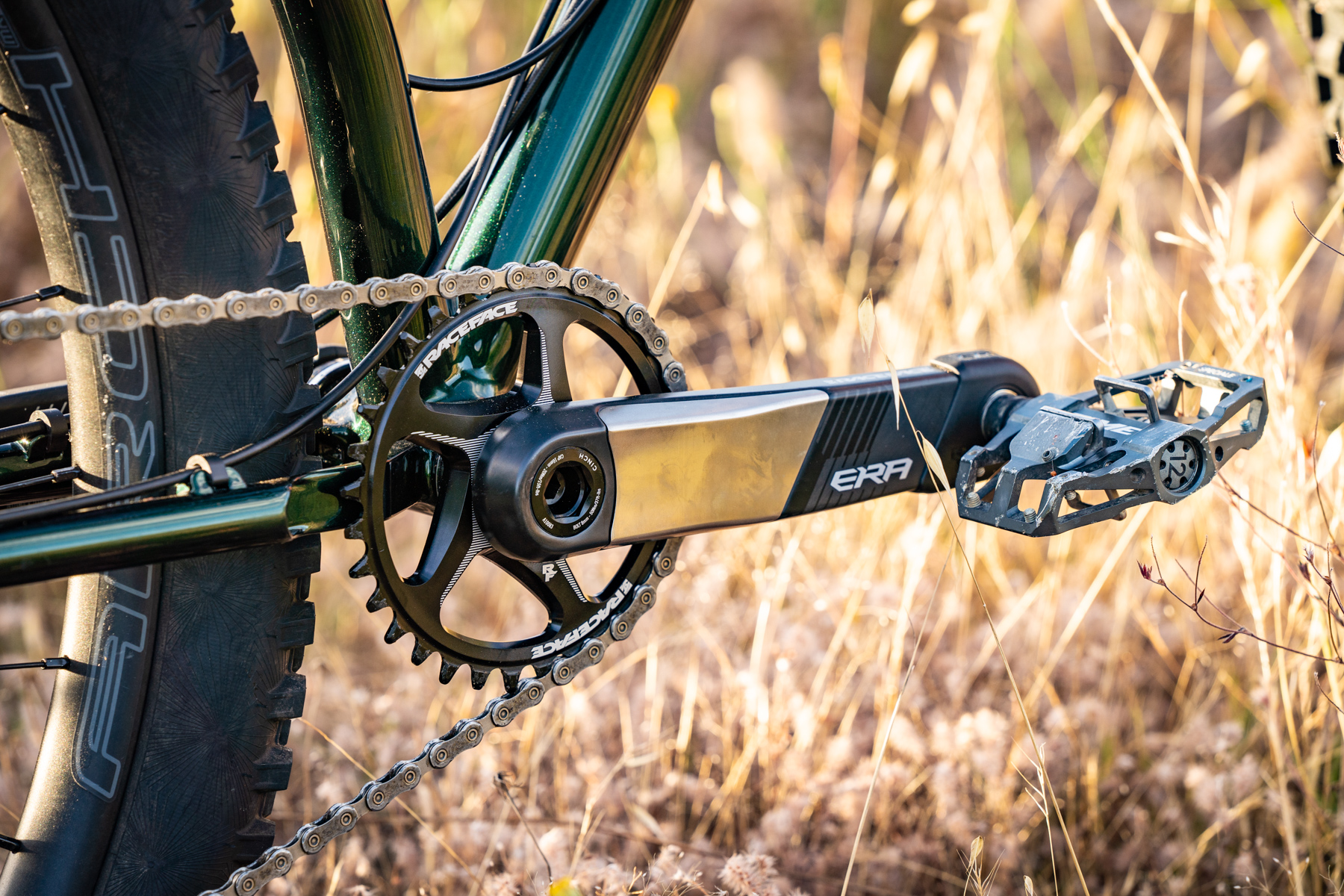
Race Face Era construction
The Race Face Era features hollow carbon fibre crank arms with a thick and boxy construction. Compared to the Next R and Next SL crank, the Eras are slightly more slender in profile, but the more significant update is with the pedal inserts and how they’re moulded into the carbon. There’s been a significant increase in surface area contact between the metal inserts and the carbon, offering more seamless integration between the two materials to create a stronger bond.
Easier to spot is the addition of stainless steel scuff plates along the outer face of each crank arm. Rubber crank boots are also included to provide further protection from rock strikes on the trail.

As with most Race Face cranksets, the Era is built around a 30mm diameter spindle. This size is advantageous since you can utilise alloy to reduce weight. In the case of the Era the spindle is made from 7055 alloy, and it’s beautifully machined with a splined end that serves as the interface for the driveside crank arm.
The Era cranks also carry over the Cinch chainring standard, which requires a Shimano BB lockring tool to mount the chainring. It’s straightforward to install or swap rings around, though part of me wishes that Race Face, SRAM, Shimano and all the others would just decide on the one standard for mounting chainrings, rather than each having their own proprietary design.
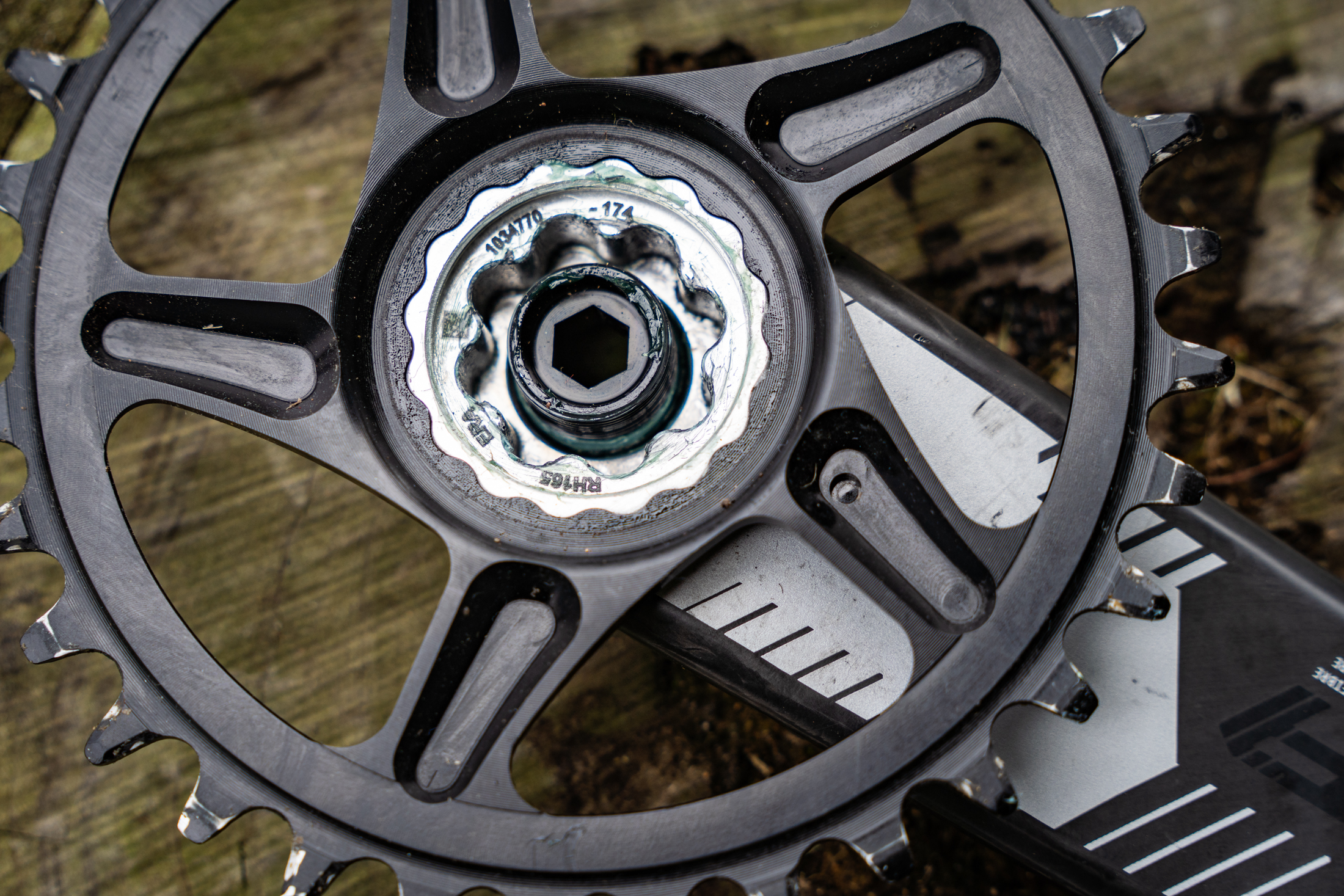
Race Face Era price & specs
The Race Face Era crank arms are sold on their own for $799 AUD and are manufactured in 165, 170 and 175mm lengths. Seeing as short cranks are all the rage lately, I decided to test out the 165mm length.
The Era only comes with a 136mm long spindle to suit most XC, trail and enduro bikes on the market. You can either fit a standard direct mount chainring to achieve a 52mm chainline, or a direct mount ‘wide’ chainring to suit the new-school 55mm chainline. Whichever option you choose, the Era cranks provide a middling Q-factor of 176mm.
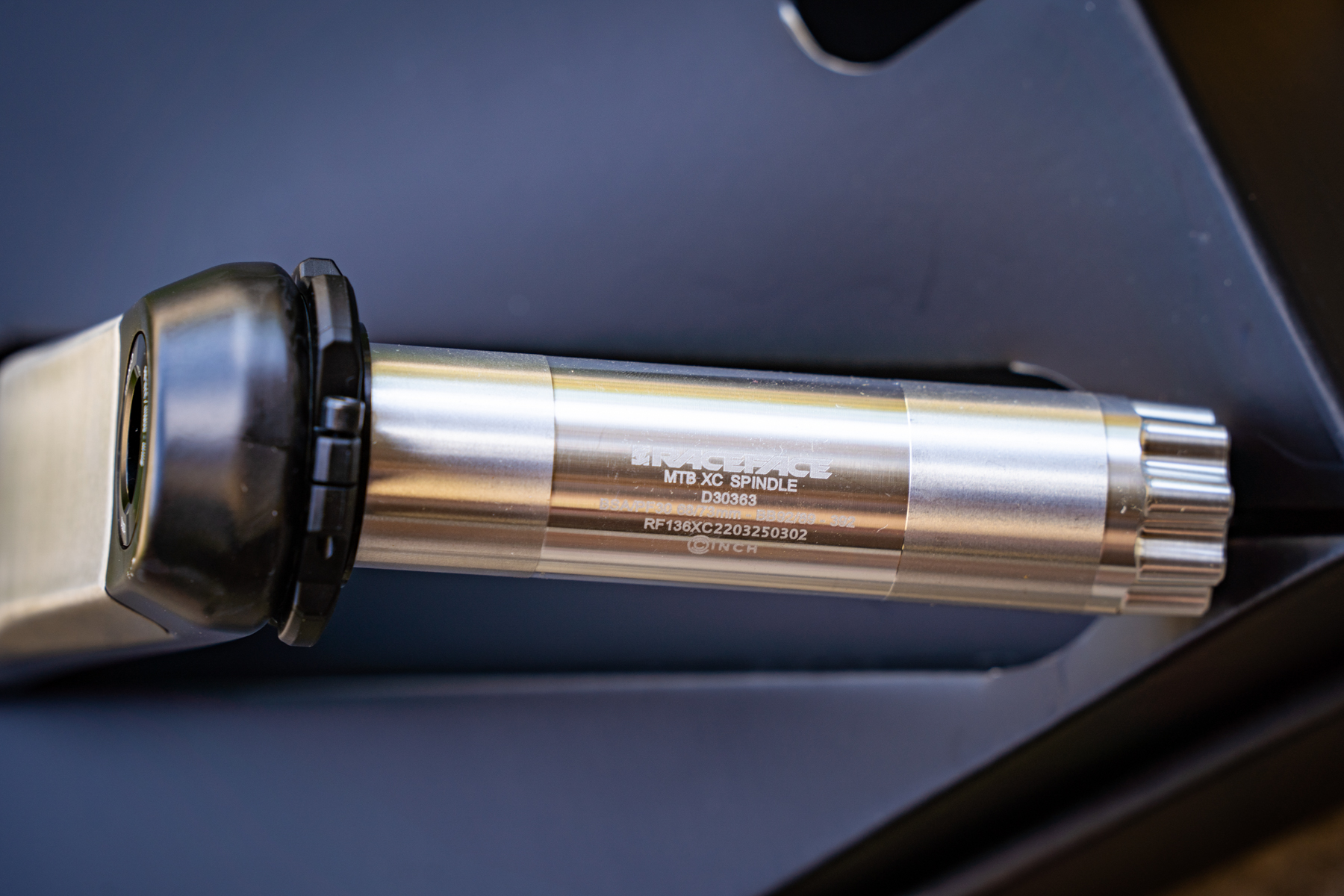
Chainrings are available in steel or alloy, and Race Face even makes its own oval chainring too. I went with the one-piece alloy chainring, which is made from 4mm thick 7075-T6 alloy and features a specific tooth profile that’s compatible with 12-speed Shimano drivetrains. The chainring retails for $99 AUD.
The Era crankset is compatible with frames with either threaded or press-fit BB shells. The press-fit BB comes in both a standard and a double row version, with the latter utilising deeper cups made from stainless steel for improved durability.
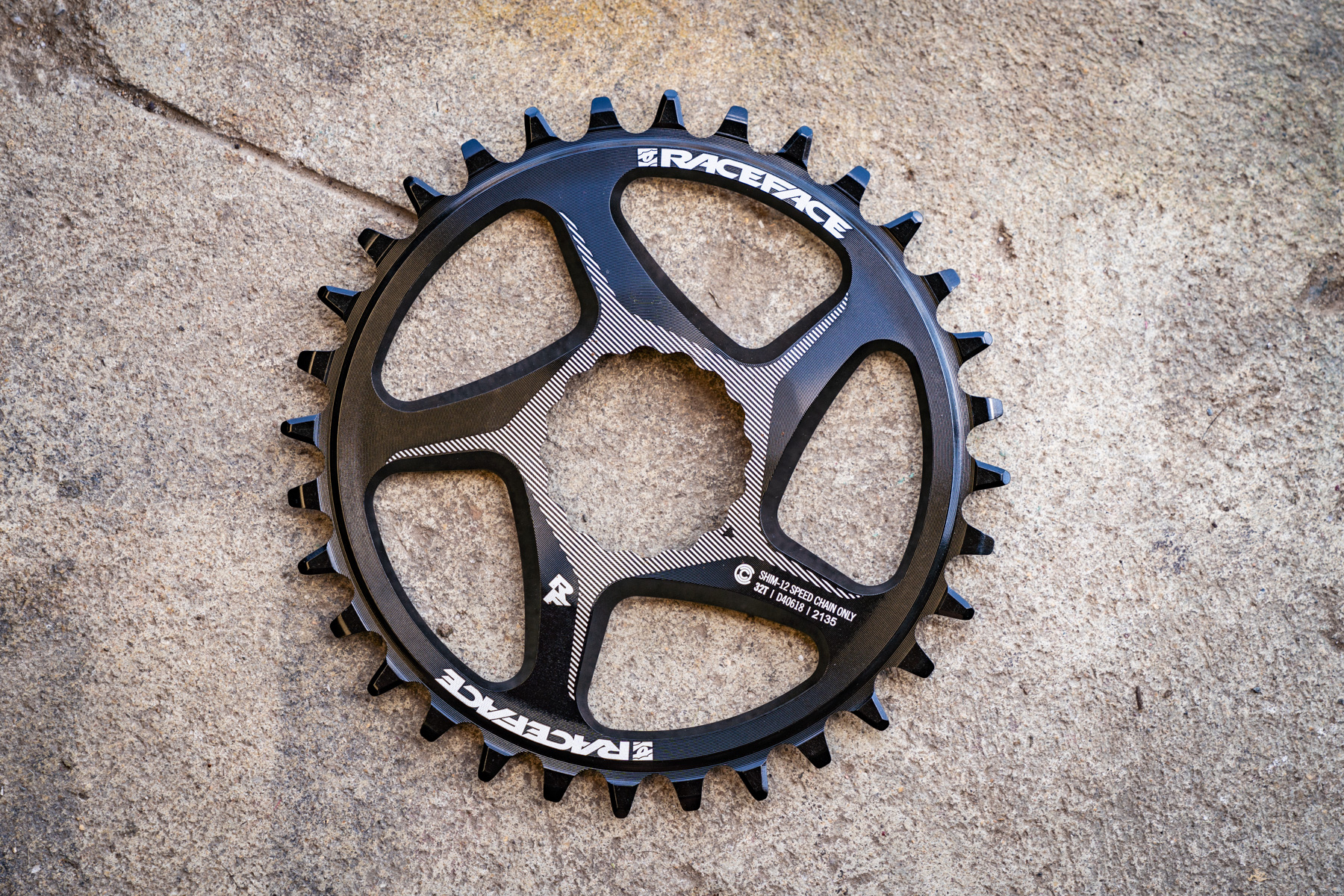
I chose the threaded BB, which utilises machined alloy cups and 6806 bearings with waterproof grease and external wiper seals. The BB sells for $85 AUD.
For those doing the math, you’ll have realised that this whole setup costs close to a thousand dollarydoos. That’s a lot of money for a part of the bike that sits very close to the ground, and needless to say, if you’re on a budget these probably aren’t the cranks for you. For those less concerned by carbon and weight, you may want to check out the new Turbine alloy cranks that cost less than half the price at $349 AUD.
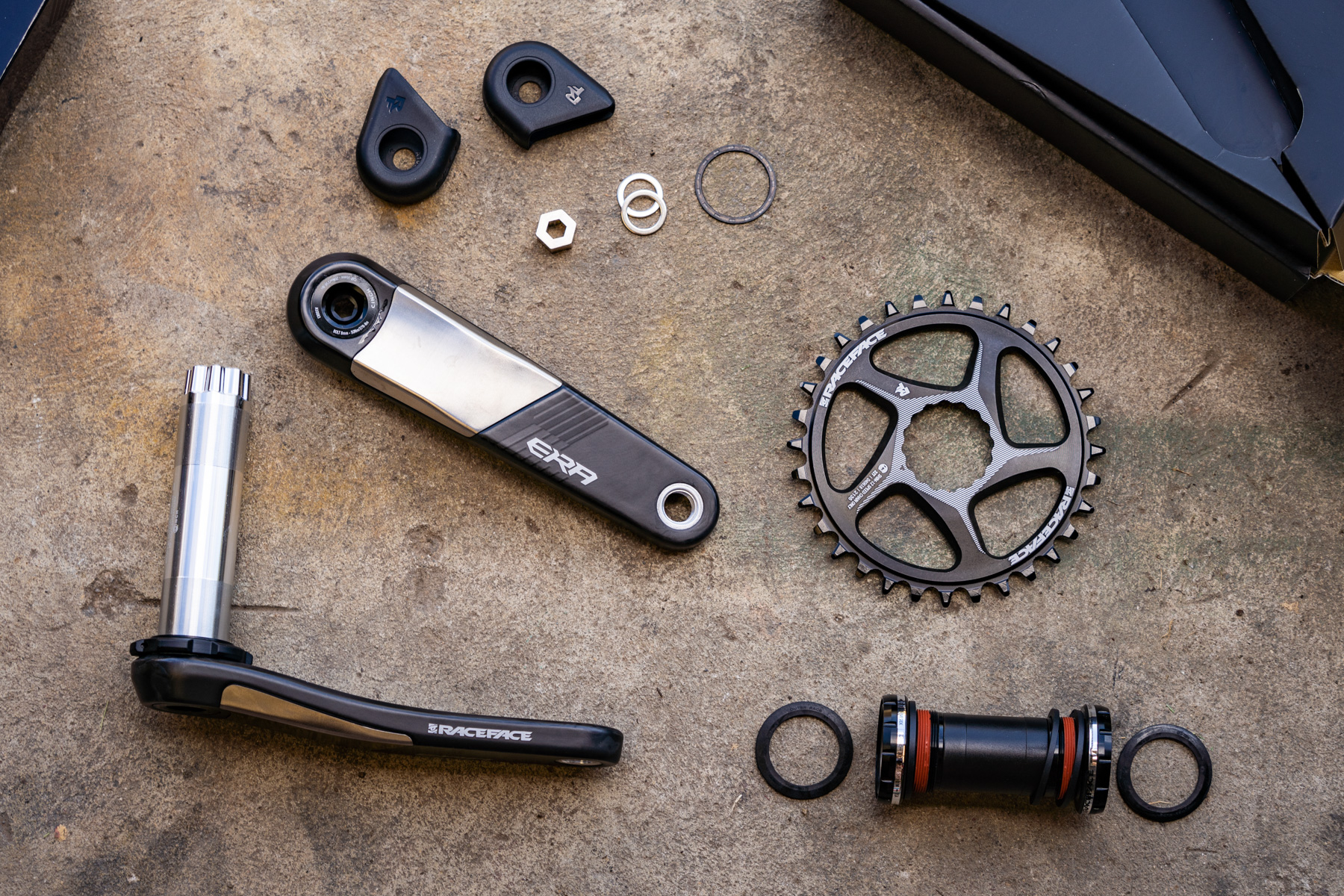
Race Face Era weight
Our Race Face Era crankset came in at 491g including the 32T chainring. I fitted them to my Specialized Stumpjumper long-term test bike, where they replaced the stock Shimano SLX crankset (626g including chainring). The result was a healthy 135g weight saving.
Digging a little deeper into some weight comparisons, it’s worth looking at the Next SL crankset that’s currently the lightest option from Race Face. For just the arms themselves, the Next SL cranks come in at 417g including the preload collar and boots. For the same components, the Era cranks come in at 430g. That is incredibly close, and it kind of makes the Next SL redundant, particularly given the claimed strength advantages of the Era design.
I’ll note that there are lighter options on the market, particularly from some of the smaller and more exotic European brands. As far as mainstream options go, my pre-Transmission SRAM XX1 Eagle crankset weighs just 428g including a 34T chainring, so that’s still lighter.
Race Face Era installation
Our Race Face Era test crankset has spent time on both the Stumpjumper and my Tor Mullock custom hardtail.
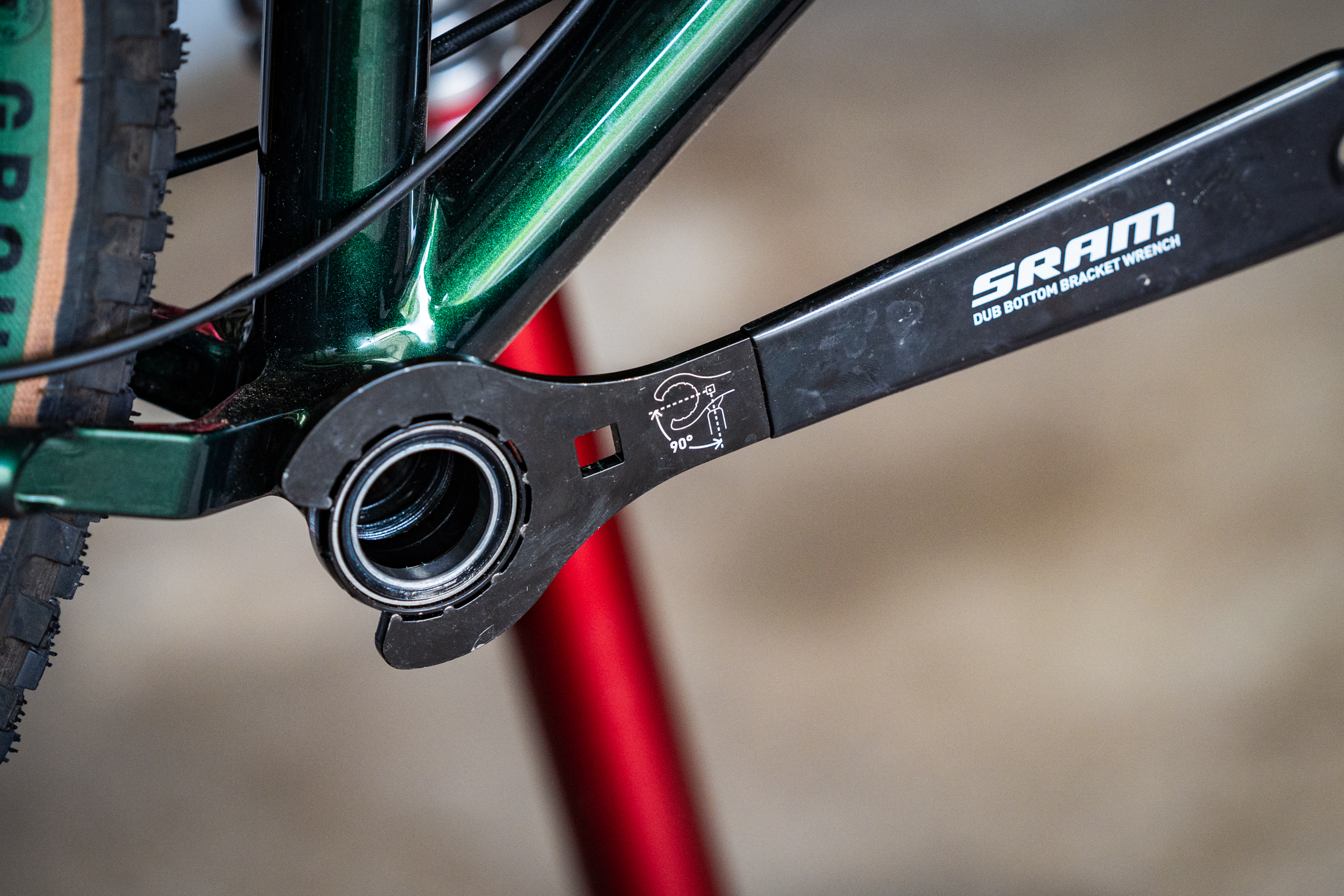
In both cases installation was straightforward since I already had the necessary SRAM DUB tool to fit the threaded BB into the frame. There were no further headaches, though as always with these things, you’ll need to refer to the manual to ensure you get the correct spacers installed with the BB.
The direct mount chainring slots neatly onto the crank’s receiving splines, and a threaded lockring tightens down on it with the help of an old-school Shimano cartridge BB tool. Everything slid together nicely, and there’s a quality feel to the generous seals on the BB.
Once the drive-side crank arm has been tightened down, a plastic preload collar is then used to snug up any bearing play. Race Face has updated the collar to use a 3mm hex key, which is so much better than the itty-bitty 1.5mm hex key required for the Next SL cranks.
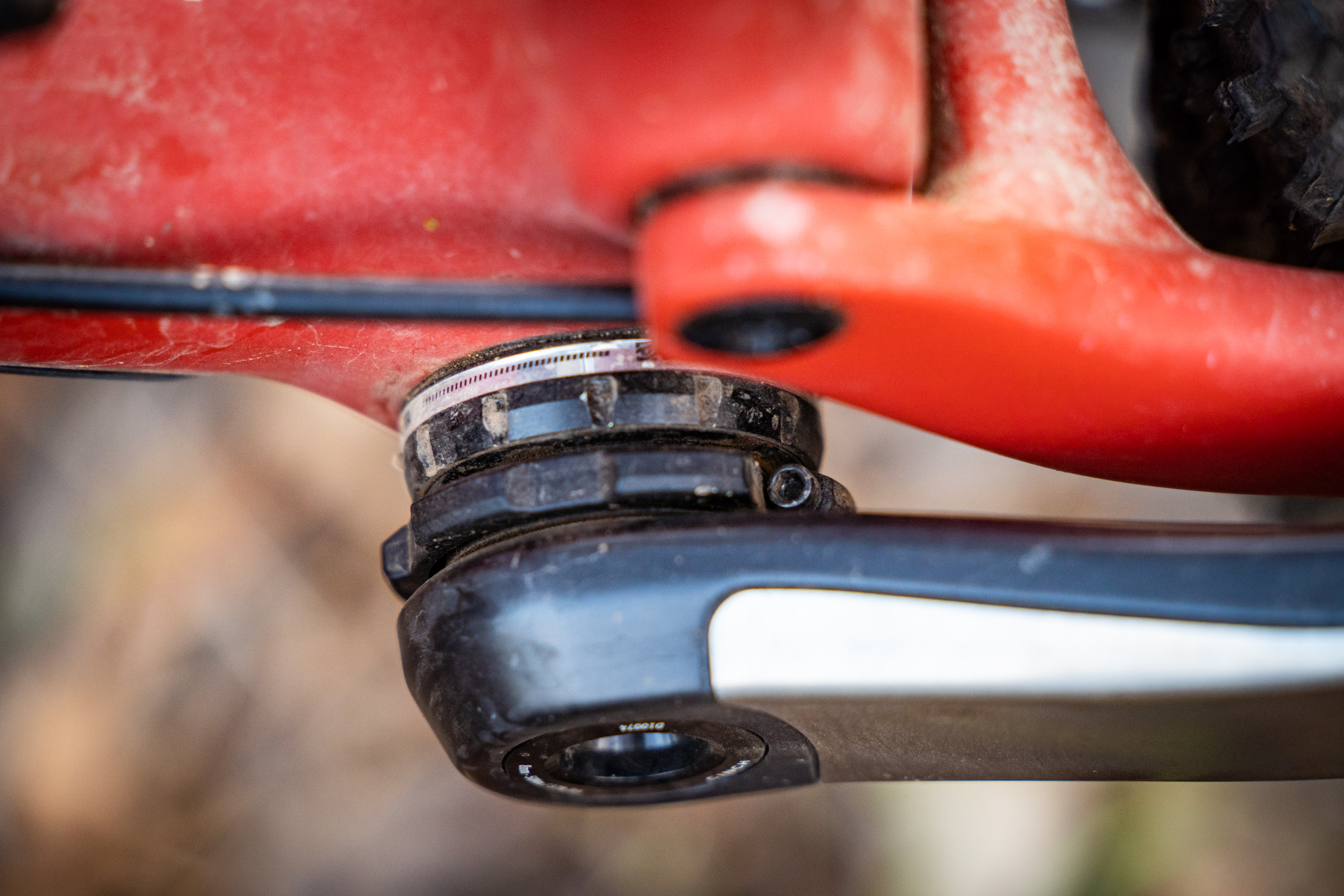
Any issues with the Race Face Era crankset?
There have been zero issues with the Race Face Era crankset throughout the entire test period. The whole assembly has been tight and quiet, with no noises or untoward movement having developed over that time.
A minor adjustment of the bearing preload collar was required after the first couple of rides though I’ve not had to touch it since. Initially subjected to a barrage of summer dust, the cranks have been ridden through increasingly wet and gritty conditions as winter has set in. Despite this the BB bearings continue to spin smooth and are yet to exhibit any signs of contamination.
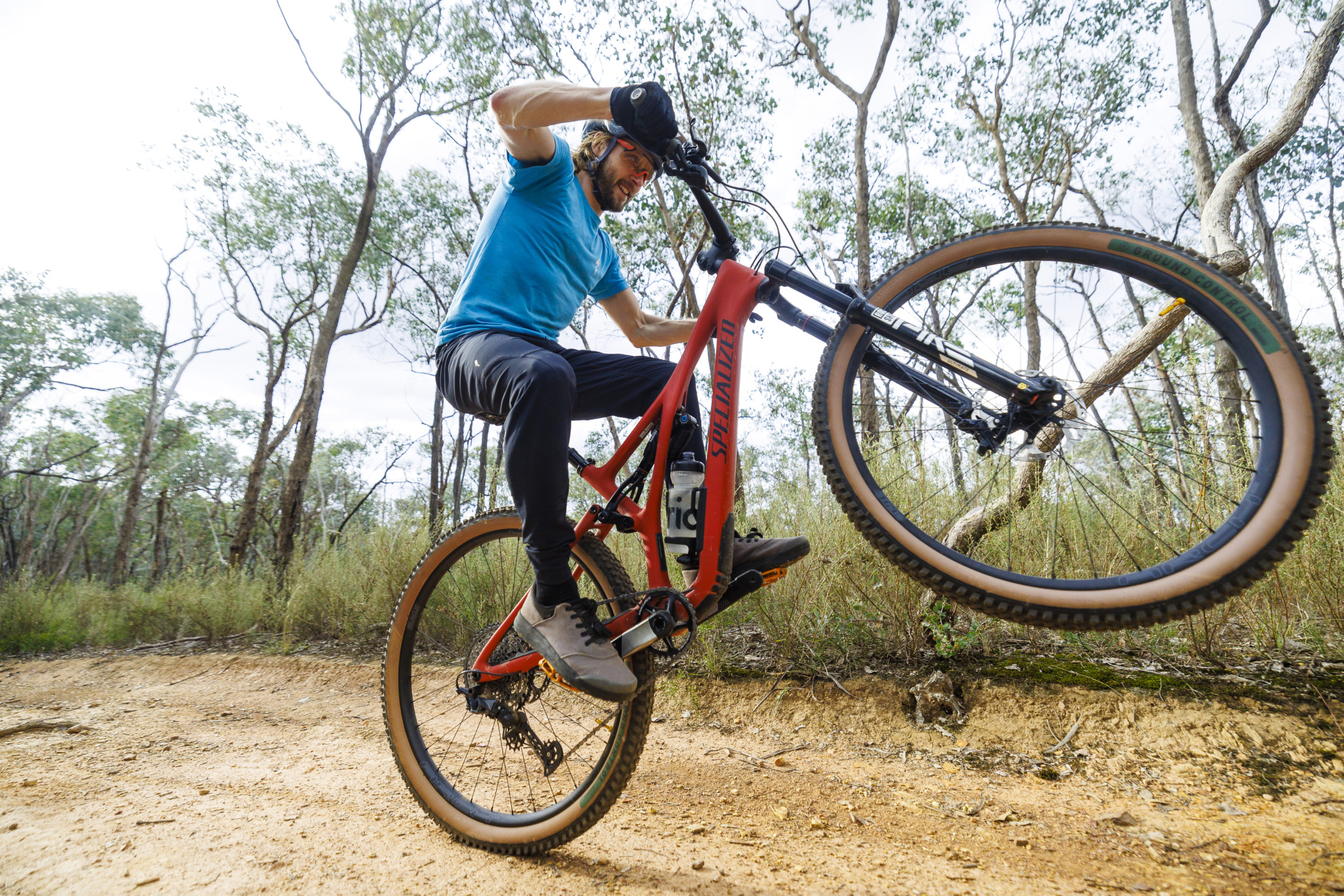
If it’s been a few years since you’ve used a Race Face crankset, you’ll be happy to know that the BBs and chainrings have improved dramatically. Chain retention is significantly better, and the 7000-series alloy construction offers good wear properties while still being quite lightweight. High mileage riders will still want to consider the steel chainring option, which will offer a longer service life albeit with a near-100g weight penalty.
Whereas the SLX cranks are looking pretty beat up from plenty of rock strikes on the Stumpy, the Era cranks still look close to new. The crank boots work a treat, and the stainless steel scuff plates are much more effective than the clear plastic stickers that other cranks usually come with. They also look way better too.
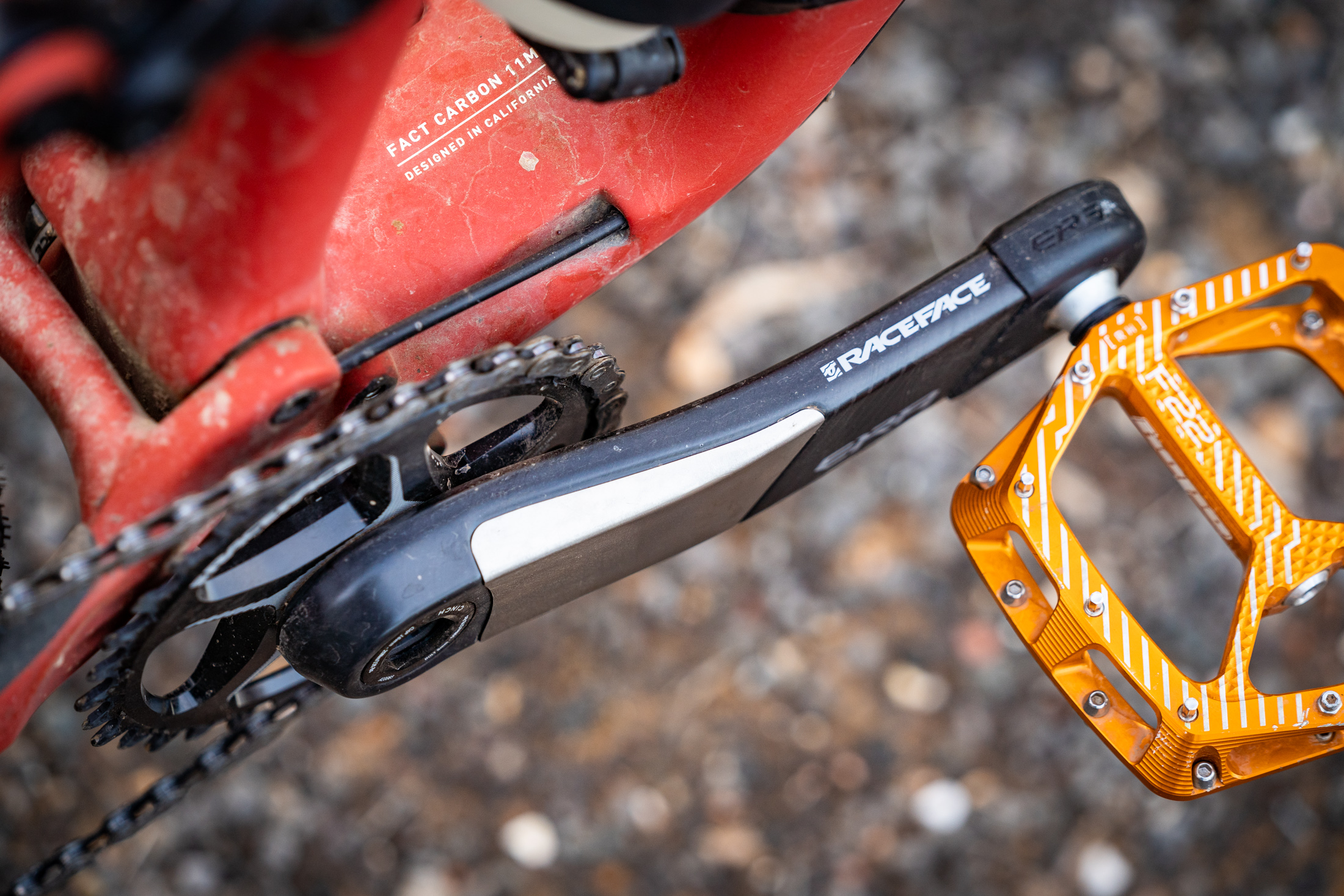
Flow’s Verdict
There’s honestly not a whole lot to be said about the performance of the Race Face Era cranks. And I mean that in a good way.
They look snazzy, are beautifully made, well-armoured and are very lightweight. The fact that they come with a lifetime warranty adds confidence to the claims about these being the strongest carbon crankset that Race Face has ever made.
If you’re not fussed by carbon, and you’re not counting grams, then you’ll save a chunk of cash by looking towards an alloy crankset such as the Turbine or Atlas. But if you’re in the market for a premium lightweight carbon crankset, then these are surely one of the best all-round performers on the market.
